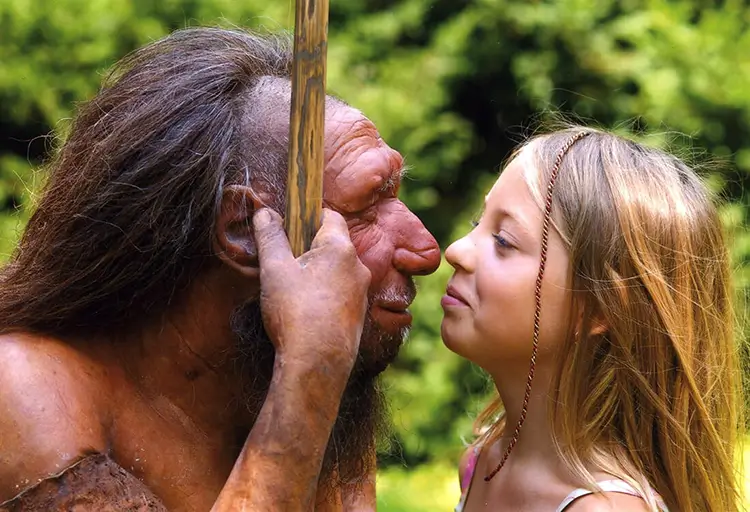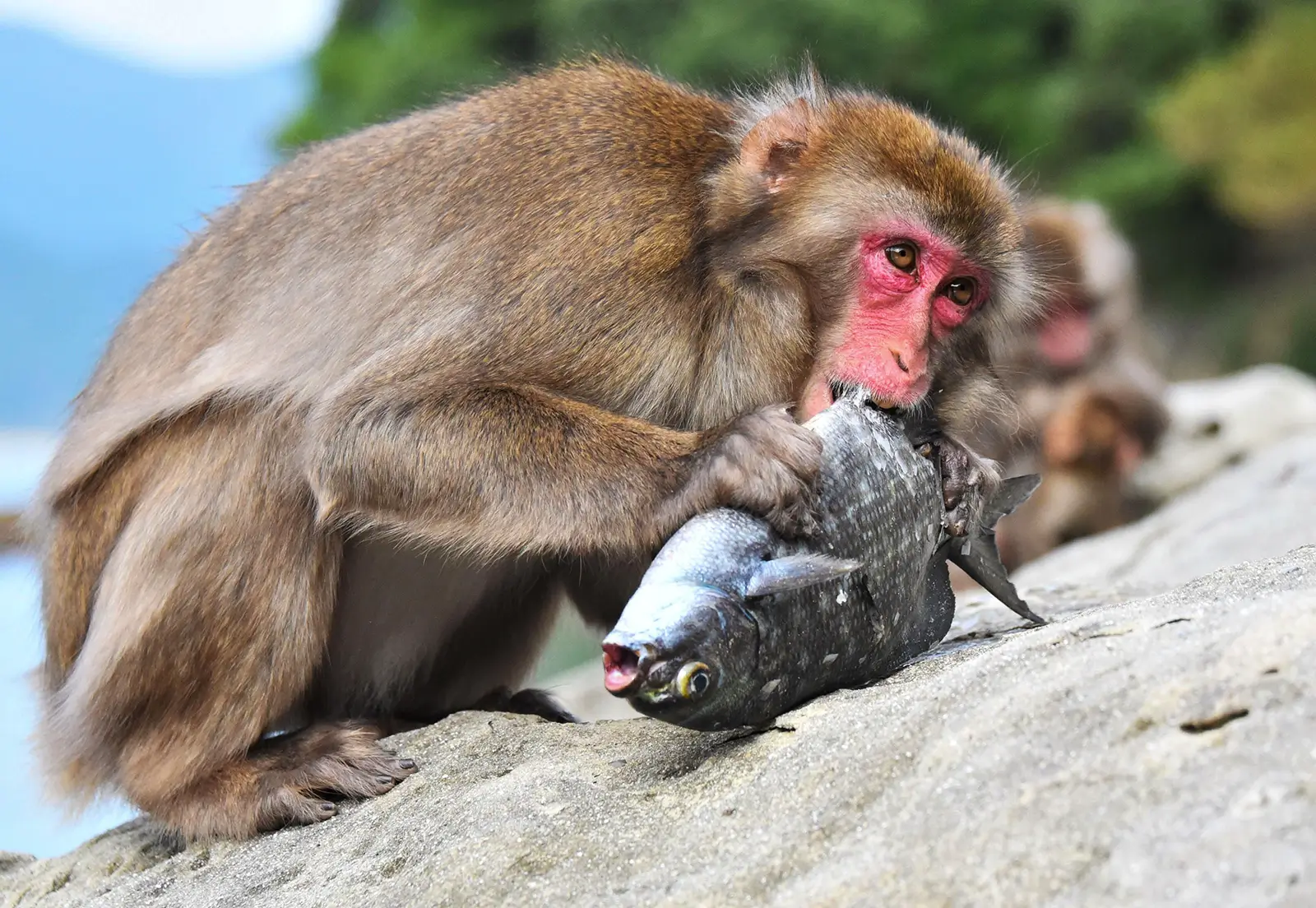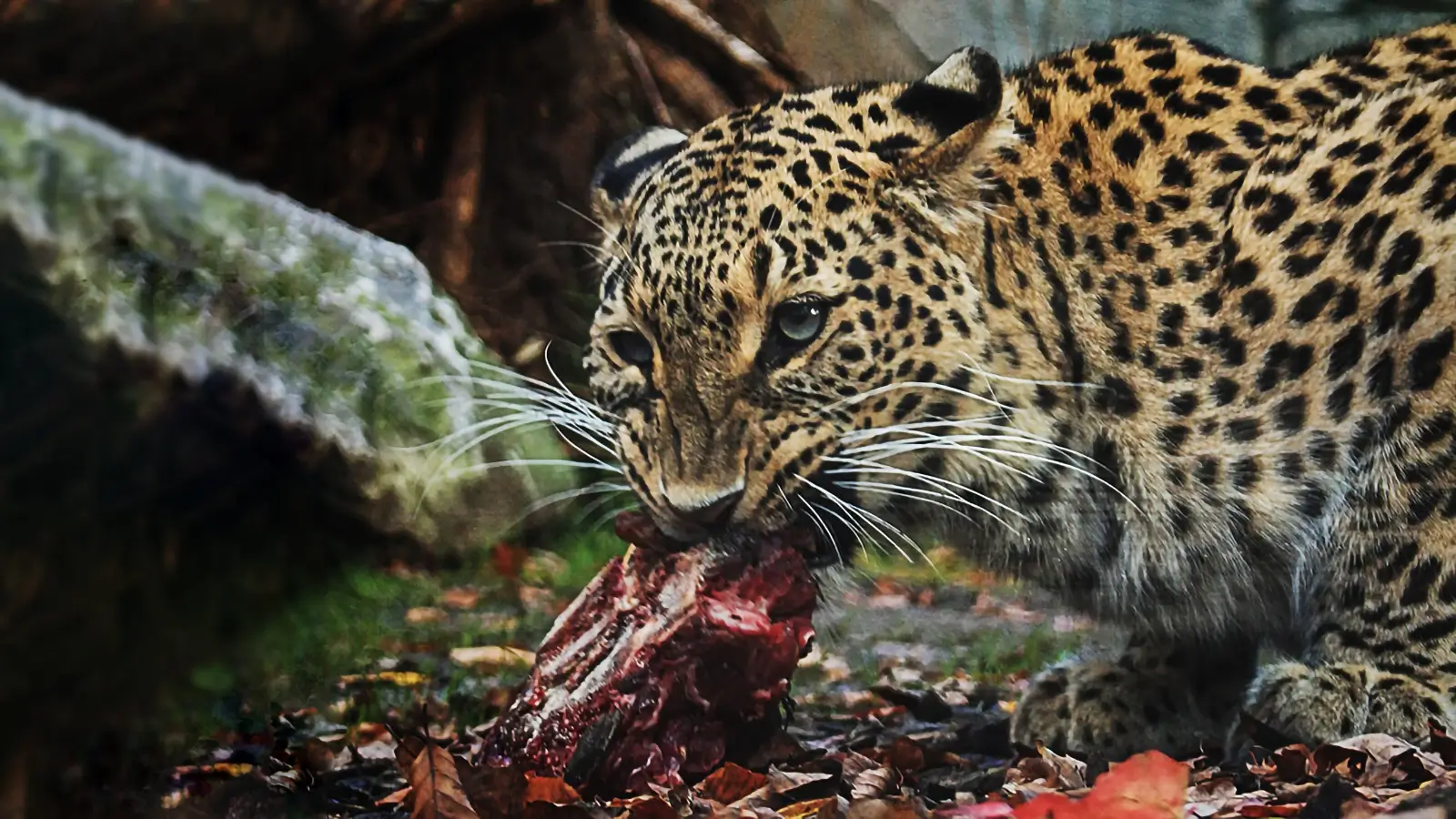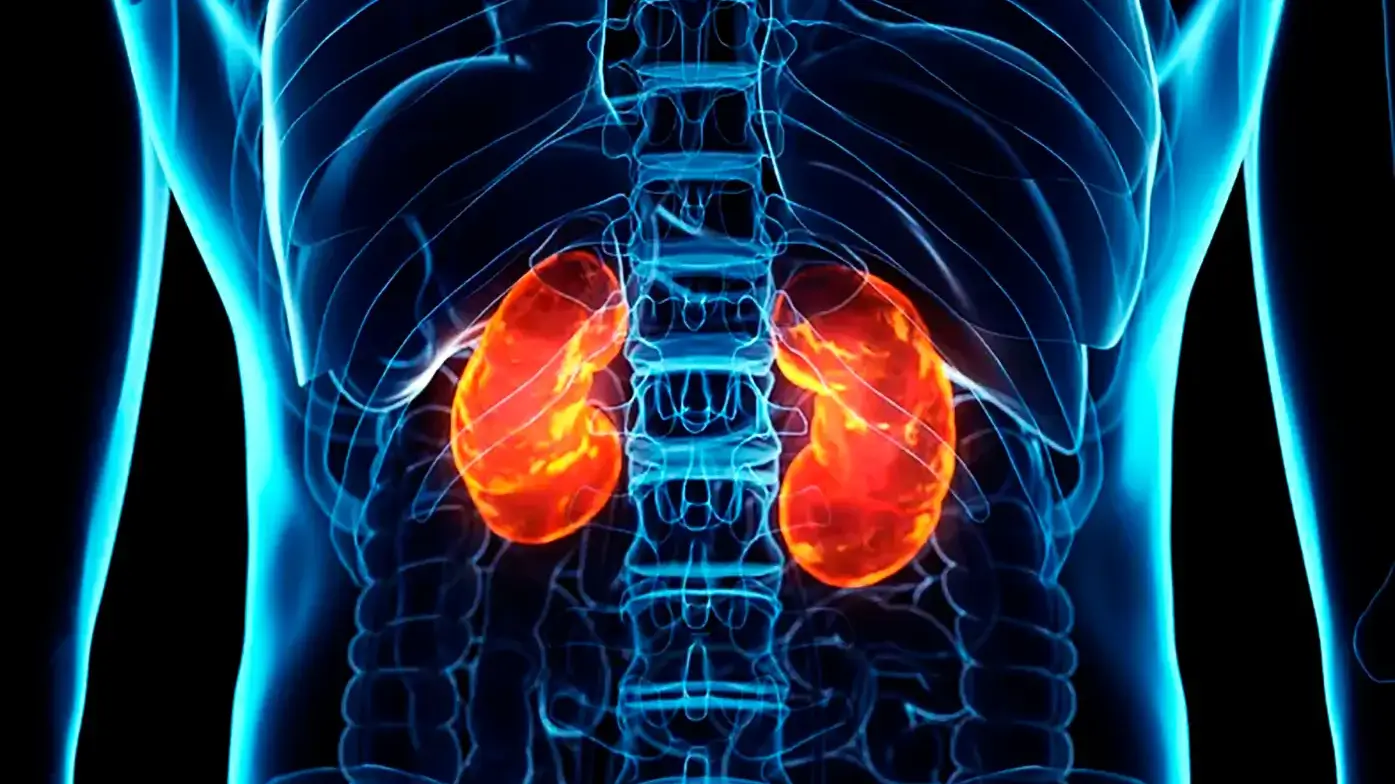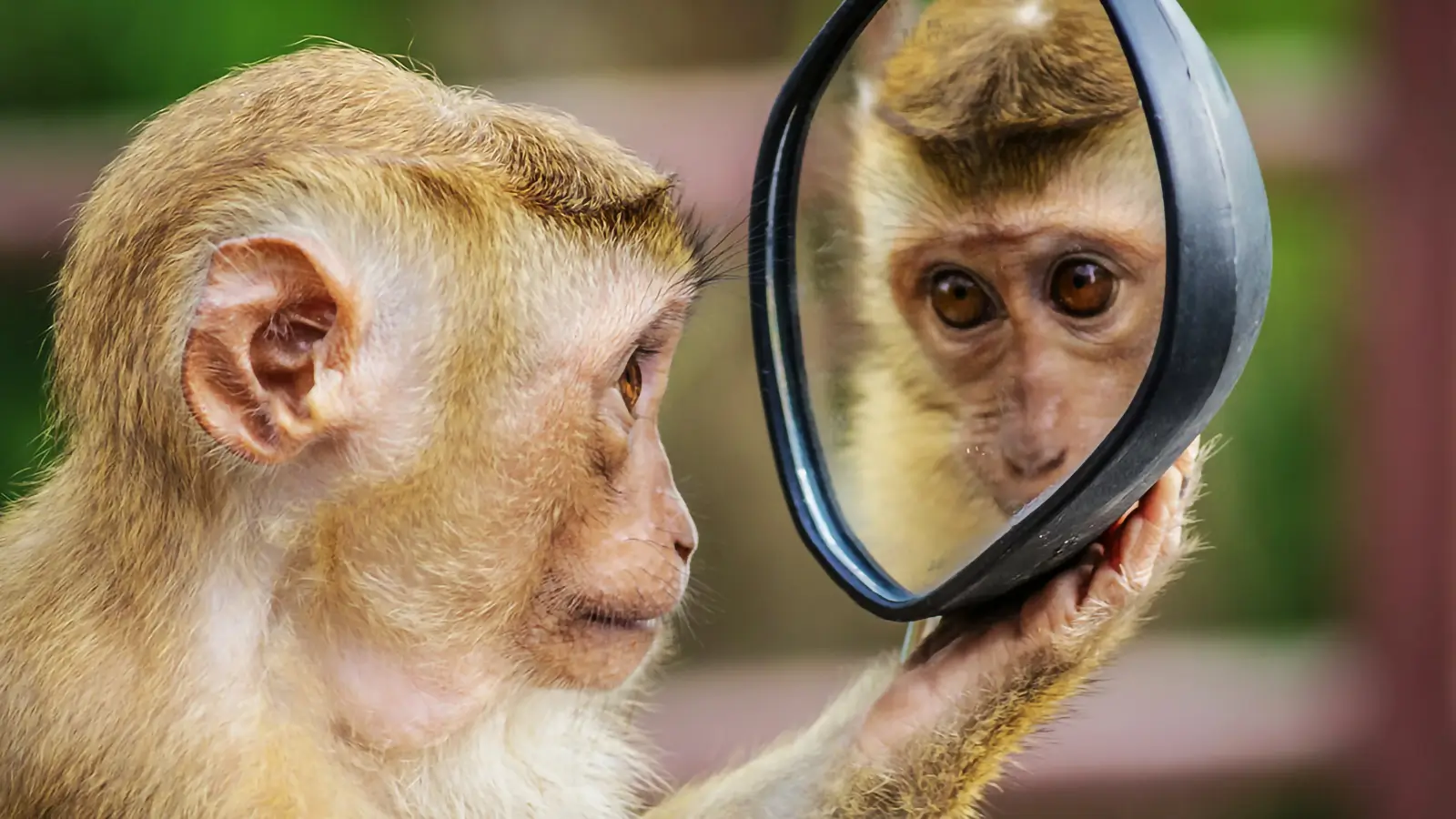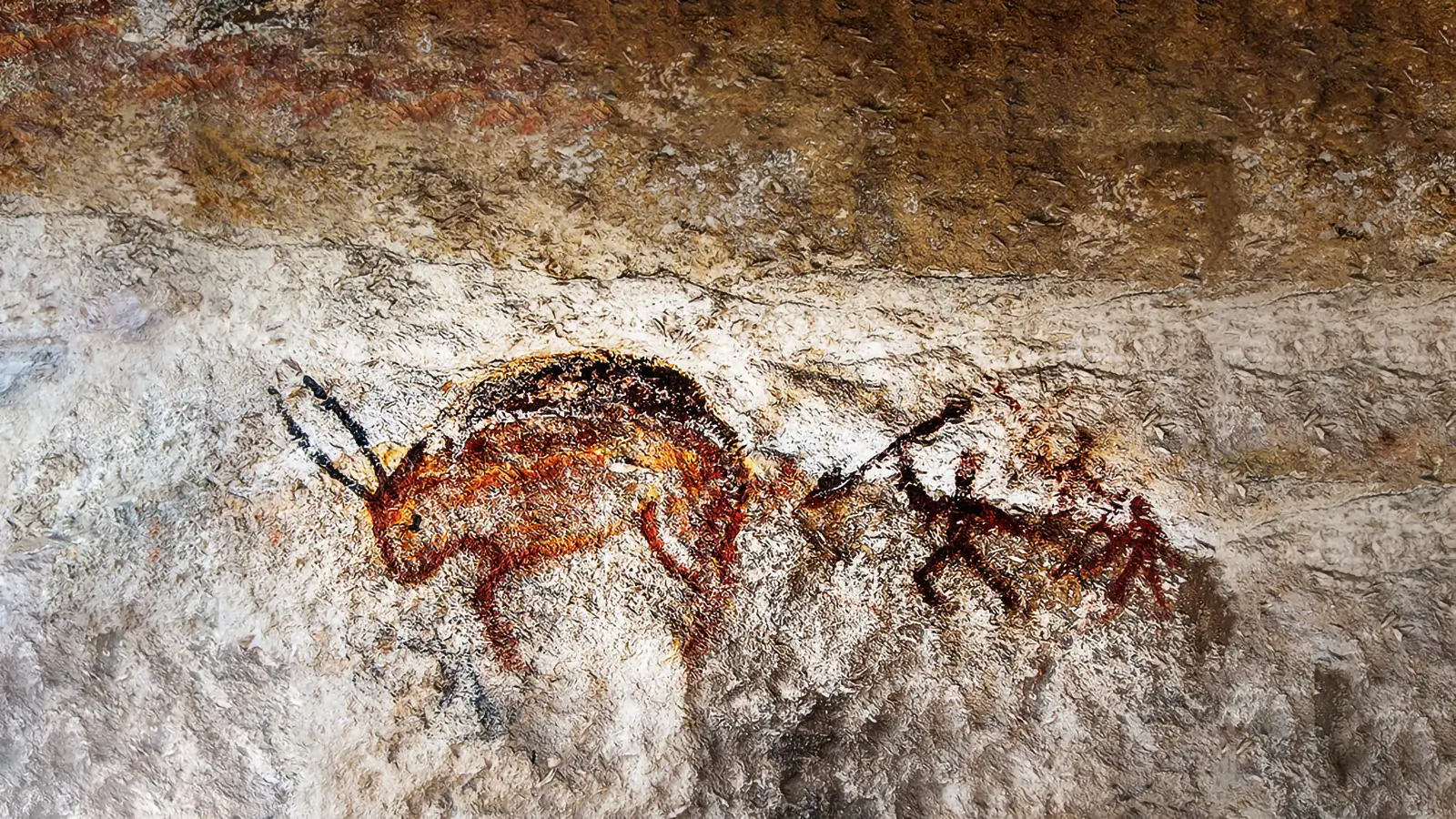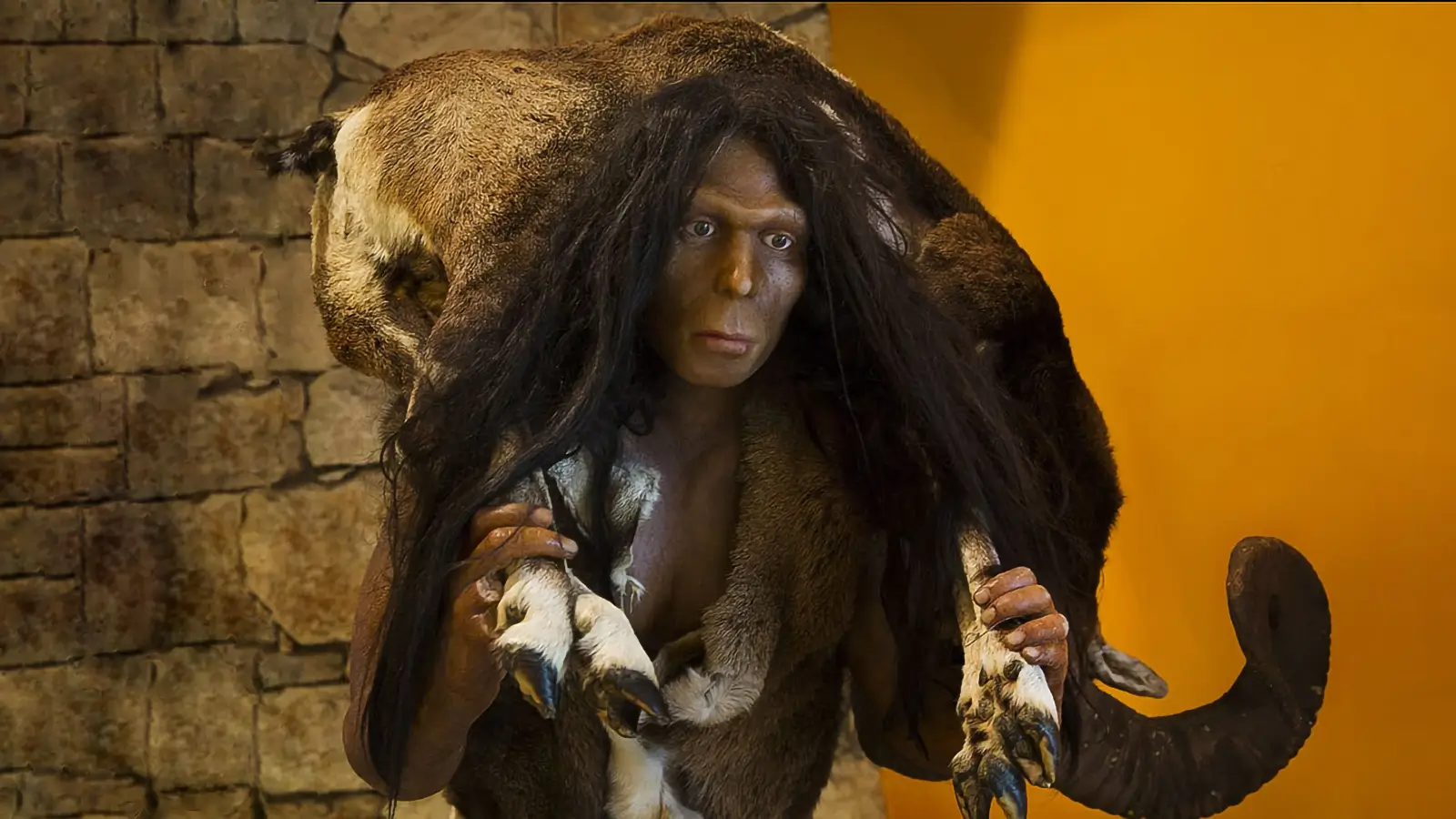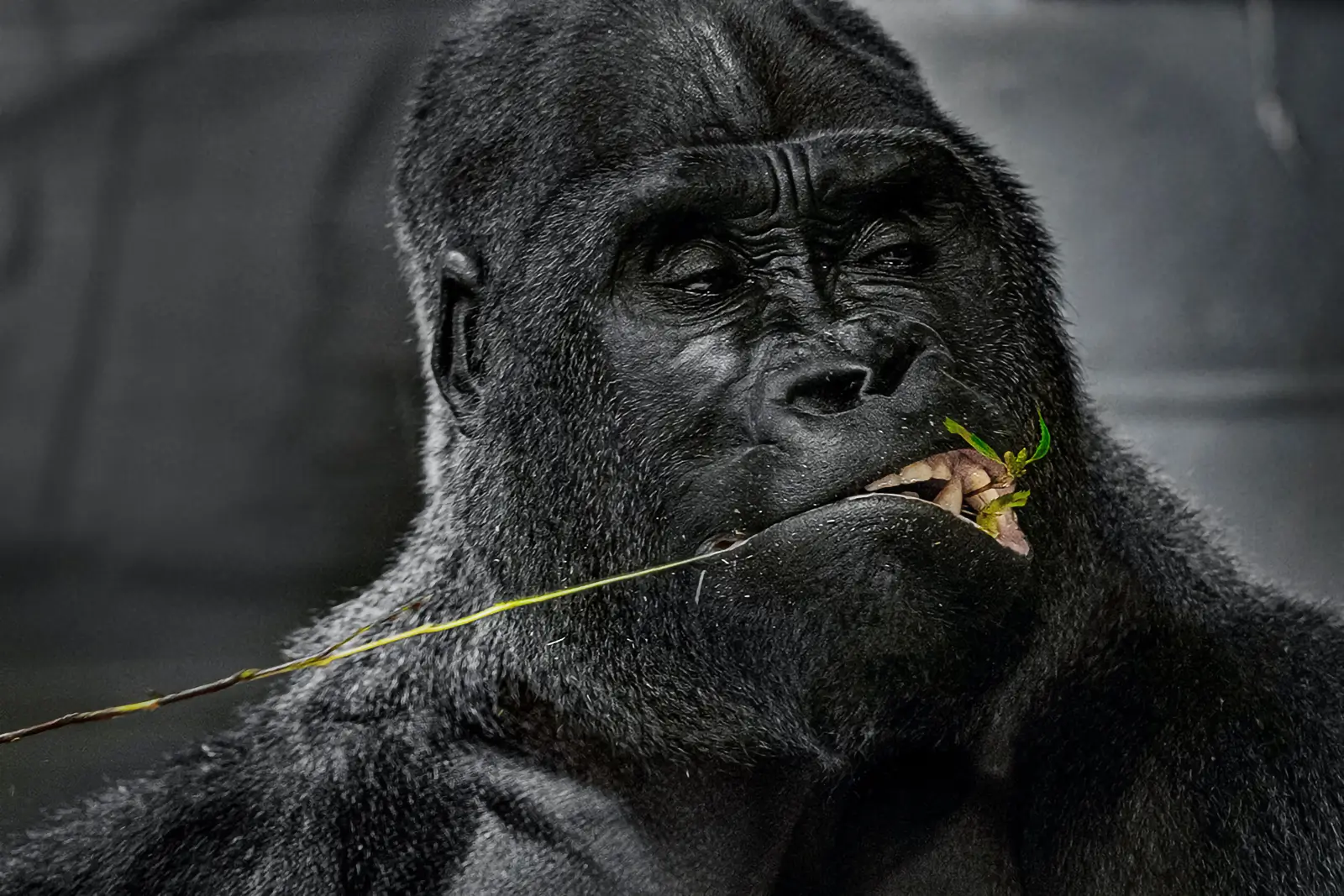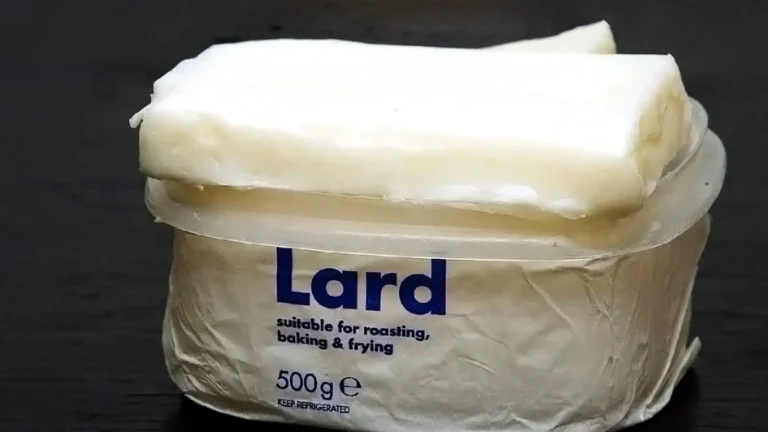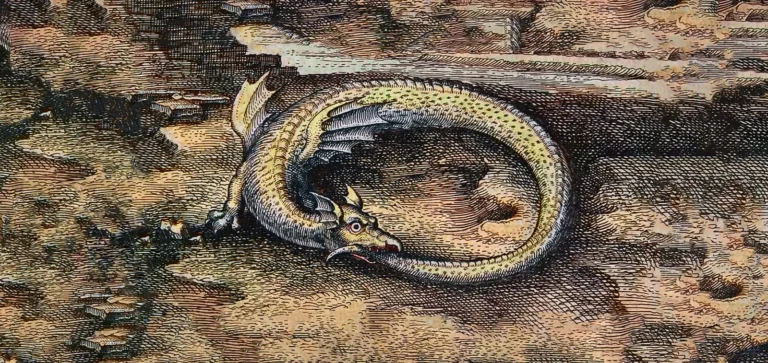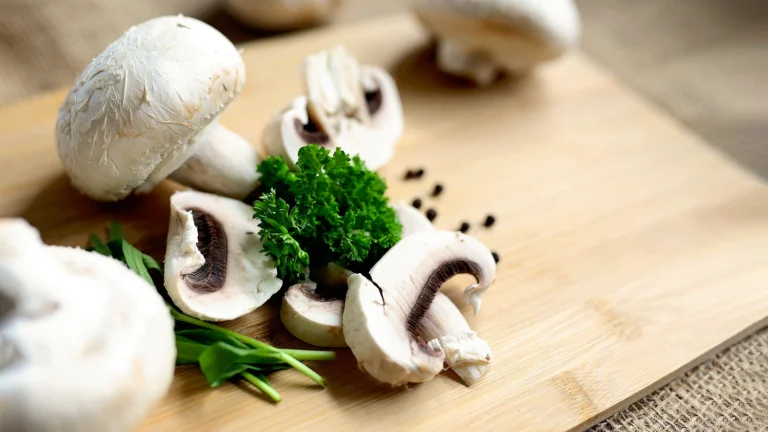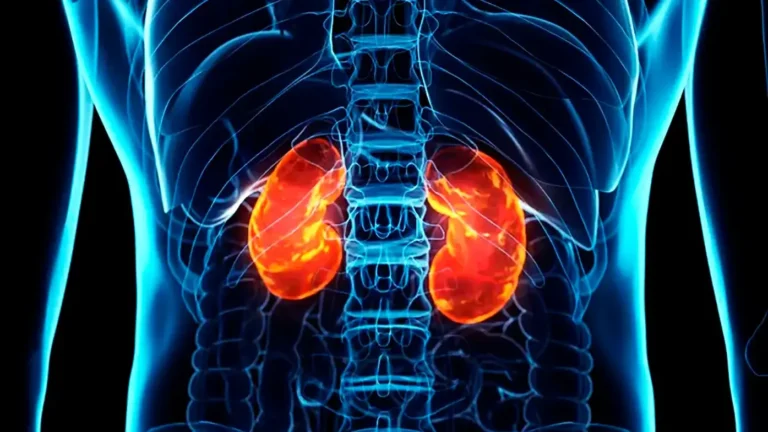Des Néandertaliens Végétaliens ? La Vérité sur le Véritable Régime Alimentaire des Néandertaliens
Une représentation typique des Néandertaliens les décrit comme tuant le mammouth laineux. Cependant, une plaque dentaire raconte une autre histoire sur le régime alimentaire des Néandertaliens
Milos Pokimica
Écrit par : Milos Pokimica
Examiné Médicalement Par : Dr. Xiùying Wáng, M.D.
Mis à jour le 9 juin 2023La représentation stéréotypée des Néandertaliens les décrit comme tuant le mammouth laineux. Il existe des preuves archéologiques pour étayer la thèse selon laquelle le régime alimentaire des Néandertaliens était carnivore même au même niveau que celui des ours polaires, qui comprenait des repas riches en grands herbivores comme le mammouth laineux, le renne et le rhinocéros laineux.
Cependant, les dents de Néandertal racontent une histoire différente. La plaque dentaire est utilisée pour analyser les amidons et les protéines qui ont été conservés dans la plaque. Lorsqu'ils sont étudiés, les modèles d'usure de leurs dents suggèrent une alimentation variée. Le régime alimentaire variait également en fonction d'un endroit avec des différences régionales importantes. Dans certaines régions, des études impliquent que les Néandertaliens consommaient principalement des plantes, y compris peut-être des plantes médicinales.
Cette découverte importante a été faite lorsque des scientifiques ont analysé les restes des Néandertaliens d'El Sidrón, en Espagne. Les Néandertaliens d'El Sidrón ne présentaient aucun signe de consommation de viande. Il ne s'agit pas d'une petite quantité, mais d'un zéro absolu. Au lieu de la viande, ils puisaient leurs calories dans les aliments végétaux qu'ils récoltaient dans la forêt. La plaque dentaire était remplie de restes de différentes sortes de noix, de champignons et de mousse. Des Néandertaliens végétariens, comment cela pourrait-il s'inscrire dans l'image typiquement acceptée ? Qu'en est-il des protéines et de la vitamine B12 ?
La plaque dentaire est un outil très utile car elle permet de préserver le matériel génétique des aliments consommés par les animaux à des fins d’analyse. Laura Weyrich de l'Université d'Adélaïde et une équipe de chercheurs ont pu produire un aperçu étonnamment précis des espèces végétales et animales consommées par les Néandertaliens. Ils ont analysé trois échantillons. Deux fossiles obtenus provenaient de la grotte El Sidrón en Espagne, y compris le potentiel aspirine-popper, tandis qu'un provenait de Spy Cave en Belgique (Grotte de Sidrón- Wikipédia). L'analyse a de nouveau prouvé la diversité complète de la nourriture en fonction de l'écologie de l'habitat local qui était conforme à la théorie de la recherche de nourriture optimale (OFT).
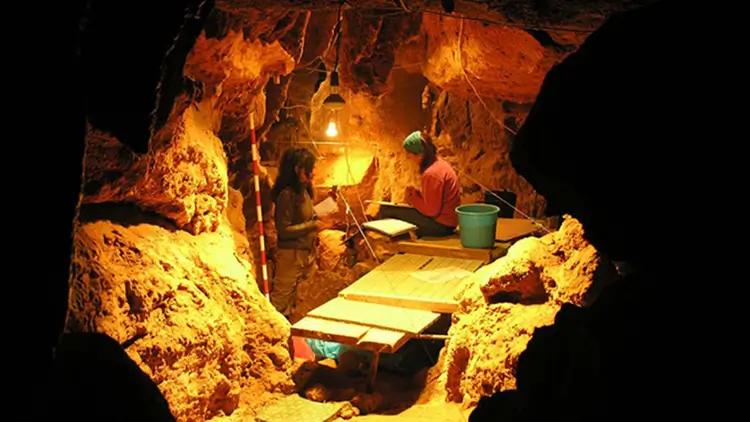
Neanderthal diet didn’t exist in essence. Diet depended on where the Neanderthals in question lived. The Belgians, for example, followed the meat-heavy pattern because they had to. Genetic material from wild sheep, woolly rhinoceros, and some mushrooms was discovered in dental plaque with also some bones in the cave from horses, mammoths, reindeer, and rhinoceros. Bones tell the identical story as the dental plaque that these groups were hunters. In the Belgian habitat, they did not forage for plant foods because there wasn’t any to be found. They had to adapt to survive the cold barren climate by hunting. They probably didn’t like it too much either.
Les Néandertaliens espagnols semblaient avoir une vie plus confortable. C'étaient des Néandertaliens hippies et végétaliens. La vérité sur le véritable régime alimentaire des Néandertaliens est qu'ils se nourrissent essentiellement de champignons, de pignons de pin, de mousse et d'autres types d'aliments que l'on trouve en cherchant dans les forêts. Ainsi, les Néandertaliens du nord étaient des chasseurs et ceux du sud des butineurs.
Qu'est-ce que ces preuves nous apprennent ? L'un des Néandertaliens d'Espagne semblait souffrir d'un abcès dentaire et d'une gastro et se soignait avec du peuplier (Populus alba), un analgésique naturel contenant de l'acide salicylique, le même ingrédient actif que l'aspirine. L'individu avait également consommé la moisissure Penicillium, qui produit des antibiotiques. Des dizaines de milliers d'années avant que le Dr Alexander Fleming n'utilise une souche de Penicillium pour mettre au point le premier antibiotique, révolutionnant ainsi la médecine moderne. Si nous voulons parler des fondateurs de la médecine, pourquoi ne pas parler des Néandertaliens qui consomment des antibiotiques et de l'aspirine ?
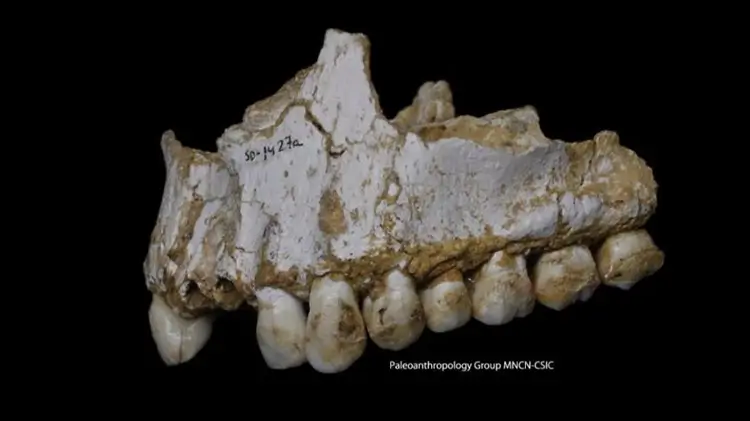
One other thing was interesting. Weyrich’s team also managed to completely sequence one particular microbe called Methanobrevibacter oralis that lacks genes for resisting antiseptics and digesting maltose. In time this microbe has adapted to hygiene and changed human diets. Weyrich’s team calculated that the Neanderthal strain split apart from those found in modern humans between 112,000 and 143,000 years ago which suggests that the two groups were trading Methanobrevibacter likely when they had sex.
Pourquoi des groupes de Néandertaliens vivant dans le sud sont-ils végétaliens ? Probablement parce qu'ils le peuvent. L'environnement y était beaucoup plus accueillant, le climat plus doux et les sources de nourriture plus nombreuses. Les Néandertaliens végétaliens ne sont pas un groupe moral d'individus qui ont décidé d'adopter une alimentation végétale par choix personnel et identitaire. C'est un choix de survie. Si quelque chose que nous pouvons manger pousse à côté de notre grotte, irions-nous chasser ? Il suffit d'appliquer des stratégies optimales de recherche de nourriture pour avoir la réponse. Les Néandertaliens étaient anatomiquement plus végétaliens que carnivores, mais dans les régions septentrionales pendant l'ère glaciaire, le climat était rude et ils ont dû s'adapter, ce qui a pris un certain temps. Les Néandertaliens et les hommes modernes ont tous deux évolué à partir de l'Homo erectus. L'Homo erectus était une espèce herbivore. Les premières vagues de migration connues de l'Homo erectus en Eurasie remontent à 1,81 million d'années. La recherche génétique par horloge moléculaire a permis de situer la divergence des lignées néandertalienne et humaine moderne entre 800 000 et 400 000 ans. C'est pourquoi la plupart des chercheurs pensent que les Néandertaliens descendent de l'Homo heidelbergensis. La population d'Homo erectus qui est restée en Afrique aurait évolué par l'intermédiaire d'Homo rhodesiensis, pour devenir des humains anatomiquement modernes il y a 300 000 ans ou plus tôt.
L'homme de Neandertal a évolué en Europe et l'homme en Afrique, et il existe quelques petites différences physiologiques. L'homo sapiens a un torse plus petit en forme de tonneau et un bassin étroit. Les Néandertaliens avaient un torse en forme de cloche et un bassin plus large. L'explication classique est que les Néandertaliens avaient besoin de plus d'oxygène en raison du climat plus froid, et que leur corps s'est donc développé pour accueillir un système respiratoire plus important. Mais cette explication est erronée. Vivant dans le climat froid de l'Eurasie il y a 300 000 à 30 000 ans, les Néandertaliens se sont installés dans des régions comme l'Oural polaire et le sud de la Sibérie. En plein hiver dans la toundra, en l'absence de sources de nourriture végétale, la viande animale composée de graisse et de protéines restait la seule source d'énergie. Bien que la graisse soit plus facile à digérer, elle est rare dans les conditions froides. Les proies ont brûlé leurs réserves de graisse pendant l'hiver et sont devenues beaucoup plus maigres. Il faut donc en conclure que les Néandertaliens devaient manger beaucoup de protéines animales.
Les protéines ont d'énormes besoins on the kidneys and the liver to remove some of the toxic byproducts produced by burning it for energy. Humans have a protein ceiling of between 35 and 50 percent of calories in our diet. Eating much more than that can be dangerous. Neanderthals’ bodies found a way to utilize more protein by enlarging the liver and kidneys. Chests and pelvises widened also to accommodate these beefed-up organs giving them distinct look. If we look today at Inuit peoples, their diet subsists at times on all meat and nothing else and they do have larger livers and kidneys and longer ribs than average Europeans. To survive the fat famine, Neanderthals undoubtedly also specialized in hunting massive animals like mammoths. They retain fat longer in poor conditions and require less energy and speed to kill than smaller swifter prey. Mammoths are too big to escape or evade, and we only have to kill one to feast for months because meat does not spoil in constant subzero temperatures. But as these mega-beasts vanished, Neanderthals likely struggled to chase down smaller, swifter prey. In the southern part like Spain, they went the old vegan way.
What does all of this tell us about us? We didn’t have over the millennia of living in the Ice Age northern climate to adapt to a diet rich in meat to some extent. We evolved in Africa from plan based vegan lineage of 60 million years. Modern humans first left Africa 100,000 years ago in a series of slow-paced migration waves and arrived in southern Europe around 80,000-90,000 years ago.
Alors, quel est le vrai régime paléo ?
Références :
Passages sélectionnés à partir d'un livre : Pokimica, Milos. Devenir vegetarien? Examen de la science, partie 1. Kindle éd., Amazone, 2018.
Articles Similaires
Vous avez des questions sur la nutrition et la santé ?
J'aimerais avoir de vos nouvelles et y répondre dans mon prochain post. J'apprécie votre contribution et votre opinion et j'ai hâte d'avoir de vos nouvelles bientôt. Je vous invite également à nous suivre sur Facebook, Instagram et Pinterest pour plus de contenu sur l'alimentation, la nutrition et la santé. Vous pouvez y laisser un commentaire et entrer en contact avec d'autres passionnés de santé, partager vos conseils et expériences, et obtenir le soutien et les encouragements de notre équipe et de notre communauté.
J'espère que ce billet a été instructif et agréable pour vous et que vous êtes prêt à mettre en pratique les connaissances que vous avez acquises. Si vous avez trouvé ce billet utile, veuillez le partager à vos amis et à votre famille qui pourraient également en bénéficier. On ne sait jamais qui peut avoir besoin de conseils et de soutien dans son parcours de santé.
– Vous pourriez aussi aimer –

Apprendre la Nutrition
Milos Pokimica est docteur en médecine naturelle, nutritionniste clinique, rédacteur en santé médicale et nutrition et conseiller en sciences nutritionnelles. Auteur de la série de livres Devenir vegetarien ? Examen des sciences, il exploite également le site Web de santé naturelle GoVeganWay.com
Avis de non-responsabilité médicale
GoVeganWay.com vous propose des critiques des dernières recherches liées à la nutrition et à la santé. Les informations fournies représentent l'opinion personnelle de l'auteur et ne sont pas destinées ni implicitement à remplacer un avis médical professionnel, un diagnostic ou un traitement. Les informations fournies sont fournies à titre informatif uniquement et ne sont pas destinées à remplacer la consultation, le diagnostic et/ou le traitement médical d'un médecin ou d'un prestataire de soins de santé qualifié.NE JAMAIS IGNORER LES CONSEILS MÉDICAUX PROFESSIONNELS OU RETARDER LA RECHERCHE DE SOINS MÉDICAUX EN RAISON DE QUELQUE CHOSE QUE VOUS AVEZ LU OU ACCÉDÉ SUR GoVeganWay.com
N'APPLIQUEZ JAMAIS DE CHANGEMENTS AU STYLE DE VIE OU TOUT CHANGEMENT À LA SUITE DE QUELQUE CHOSE QUE VOUS AVEZ LU SUR GoVeganWay.com AVANT DE CONSULTER UN PRATICIEN MÉDICAL AGRÉÉ.
En cas d'urgence médicale, appelez immédiatement un médecin ou le 911. GoVeganWay.com ne recommande ni n'approuve aucun groupe, organisation, test, médecin, produit, procédure, opinion ou autre information spécifique pouvant être mentionné à l'intérieur.
Choix de l'éditeur -
Milos Pokimica est docteur en médecine naturelle, nutritionniste clinique, rédacteur en santé médicale et nutrition et conseiller en sciences nutritionnelles. Auteur de la série de livres Devenir vegetarien ? Examen des sciences, il exploite également le site Web de santé naturelle GoVeganWay.com
Derniers articles –
Nouvelles Basées Sur Les Plantes
-
Oven-Roasted Squash And Tomato Dhal
on juin 15, 2025
-
‘I Tried TikTok’s Viral Vegan High-Protein Breakfasts’
on juin 14, 2025
-
Epic Veggie Sandwich
on juin 14, 2025
-
Vegan Cinnamon Slice
on juin 13, 2025
-
The Secret To Vegan Meal Prep That Actually Works
on juin 13, 2025
-
One-Dish Chickpea ‘Tuna’ Salad
on juin 12, 2025
-
How To Build A Healthy Plant-Based Meal Plan That Lasts
on juin 12, 2025
Top Des Nouvelles Sur la Santé - ScienceDaily
- CRISPR-edited stem cells reveal hidden causes of autismon juin 14, 2025
A team at Kobe University has created a game-changing resource for autism research: 63 mouse embryonic stem cell lines, each carrying a genetic mutation strongly associated with the disorder. By pairing classic stem cell manipulation with precise CRISPR gene editing, they ve built a standardized platform that mirrors autism-linked genetic conditions in mice. These models not only replicate autism-related traits but also expose key dysfunctions, like the brain s inability to clean up faulty […]
- Space-laser AI maps forest carbon in minutes—a game-changer for climate scienceon juin 14, 2025
A pioneering study reveals how archaeologists’ satellite tools can be repurposed to tackle climate change. By using AI and satellite LiDAR imagery from NASA and ESA, researchers have found a faster, more accurate way to map forest biomass critical for tracking carbon. This innovative fusion of space tech and machine learning could revolutionize how we manage and preserve forests in a warming world.
- Brain food fight: Rutgers maps the hidden switch that turns cravings on and offon juin 14, 2025
Rutgers scientists have uncovered a tug-of-war inside the brain between hunger and satiety, revealing two newly mapped neural circuits that battle over when to eat and when to stop. These findings offer an unprecedented glimpse into how hormones and brain signals interact, with implications for fine-tuning today’s weight-loss drugs like Ozempic.
- Sugar shield restored: The breakthrough reversing brain aging and memory losson juin 13, 2025
A protective sugar coating on brain blood vessels, once thought to be insignificant, turns out to play a vital role in preventing cognitive decline. Restoring this layer reversed damage and memory loss in aging brains, offering a fresh approach to treating neurodegenerative diseases.
- Invisible ID: How a single breath could reveal your health—and your identityon juin 13, 2025
Scientists have discovered that your breathing pattern is as unique as a fingerprint and it may reveal more than just your identity. Using a 24-hour wearable device, researchers achieved nearly 97% accuracy in identifying people based solely on how they breathe through their nose. Even more intriguingly, these respiratory signatures correlated with traits like anxiety levels, sleep cycles, and body mass index. The findings suggest that breathing isn t just a passive process it might actively […]
- Sleep-in science: How 2 extra weekend hours can calm teen anxietyon juin 13, 2025
Teens might finally have a good reason to sleep in on weekends within limits. A new study reveals that teenagers who get up to two extra hours of sleep on weekends show fewer anxiety symptoms than those who don t. But go beyond that sweet spot, and symptoms can actually increase.
- Johns Hopkins blood test detects tumor dna three years earlyon juin 13, 2025
Researchers at Johns Hopkins found that fragments of tumor DNA can appear in the bloodstream up to three years before a cancer diagnosis, offering a potentially revolutionary window for early detection and treatment.
PubMed, #régime-vegan –
- Protein Intake and Protein Quality Patterns in New Zealand Vegan Diets: An Observational Analysis Using Dynamic Time Warpingon juin 13, 2025
Background/Objectives: Inadequate intake of indispensable amino acids (IAAs) is a significant challenge in vegan diets. Since IAAs are not produced or stored over long durations in the human body, regular and balanced dietary protein consumption throughout the day is essential for metabolic function. The objective of this study is to investigate the variation in protein and IAA intake across 24 h among New Zealand vegans with time-series clustering, using Dynamic Time Warping (DTW). Methods:…
- Diet and nutrition in cardiovascular disease prevention: a scientific statement of the European Association of Preventive Cardiology and the Association of Cardiovascular Nursing & Allied Professions…on juin 12, 2025
What we eat is a cornerstone of cardiovascular disease (CVD) prevention, but health professionals may not have a clear understanding of the current evidence-based research to underpin eating habits and recommendations. This study aims to appraise existing evidence-based research on the importance of diet on CVD risk biomarkers, specifically, the effects of dietary patterns, specific foods, and constituents including vitamins/minerals and plant-derived bioactive compounds on CVD risk. […]
- Synergistic Effects of Steam Impinged Microwave-Vacuum Blanching on the Textural Behavior of Vegan Pattieson juin 11, 2025
The present study was carried out to understand the effect of the process variables of the combined microwave-vacuum-steam blanching process on the textural behavior of vegan patties. This novel blanching technique was systematically evaluated to optimize parameters, including microwave power density (3.8 W/g), steam duration (3 s), pea-to-potato mash ratio (0.252), patty thickness (0.866 cm), and microwave irradiation time (133 s). Fourier transform infrared (FTIR) spectroscopy was employed […]
- Plant-based diet and risk of osteoporosis: A systematic review and meta-analysison juin 10, 2025
CONCLUSIONS: This systematic review and meta-analysis indicate that adherence to plant-based diet may be associated with an elevated risk of osteoporosis, particularly at the lumbar spine, among individuals following a vegan diet or following a plant-based diet for ≥10 y. However, the heterogeneity observed across studies highlights the need for well-designed prospective studies in future, to clarify this relationship.
- Plant-based diets for sustainability and health – but are we ignoring vital micronutrients?on juin 9, 2025
Plant-based diets, with limited quantities of animal foods, are increasingly promoted for sustainability and health. In many countries, animal-source foods provide the majority of several micronutrients at a population level; in the UK, milk and dairy products contribute around one third of total calcium, vitamin B(12) and iodine intake in adults. Recommendations for a predominantly plant-based diet may have the unintended consequence of reducing intake of micronutrients, particularly in […]
Messages aléatoires –
Postes en vedette -

Dernières Nouvelles de PubMed, #alimentation végétale –
- Quantifying the Environmental Human Health Burden of Food Demand in Spain: A Life Cycle Assessment Studyby Ujué Fresán on juin 15, 2025
The negative impacts of current dietary patterns in Spain on both human health and the environment are well documented. While the strong connection between environmental degradation and human health is widely recognized, no studies have evaluated how environmental disruption generated specifically by Spain’s food systems translates into health outcomes. To address this gap, this study quantifies the human health burden linked to the environmental impacts of Spain’s food demand, assessing the…
- Integrating genetics and lifestyles for precision nutrition in hypertriglyceridemia: A UK Biobank and KoGES analysisby Haeng Jeon Hur on juin 14, 2025
CONCLUSION: Similar genetic variants affected high-TG risk across populations despite ethnic differences in risk allele frequencies. The identified PRS significantly interacted with plant-based diet, alcohol consumption, and smoking status in both cohorts, with additional interactions observed with vitamin D intake and glycemic index in the Korean cohort.
- Validity and reliability of the Turkish version of the chrono-med diet score (CMDS) for adult participantsby Tevfik Koçak on juin 14, 2025
CONCLUSIONS: Our assessments of the CMDS, consisting of 13 items, in Türkiye demonstrate that it is a viable and reliable instrument to measure adherence to the Mediterranean diet for the adult population. The CMDS is more accurate than other Mediterranean diet scores as it questions about the amount of physical activity and grain products, which helps determine each participant’s eating patterns and general health.
- Adherence to the Planetary Health Diet and Its Association with Diet Quality and Environmental Outcomes in Croatian University Students: A Cross-Sectional Studyby Gordana Kenđel Jovanović on juin 13, 2025
CONCLUSIONS: This study highlights the moderate sustainability of students’ diets, with significant associations between diet quality and environmental impacts. University settings present key opportunities for the promotion of sustainable, health-oriented eating behaviors among young adults.
- Diet in Knee Osteoarthritis-Myths and Factsby Natalia Kasprzyk on juin 13, 2025
Knee osteoarthritis (OA) is a common degenerative joint disease affecting global health. Its increasing prevalence, particularly among aging populations, remains a leading cause of disability. Besides conventional pharmacological and surgical treatments, dietary interventions are promising strategies to alleviate OA symptoms and progression. Unfortunately, scientific evidence does not support many commonly used, misleading ideas about nutrition in knee OA. Recent data highlight the […]
- Dietary Interventions and Oral Nutritional Supplementation in Inflammatory Bowel Disease: Current Evidence and Future Directionsby Brigida Barberio on juin 13, 2025
CONCLUSIONS: Dietary interventions and ONS represent valuable therapeutic tools in IBD management. Future research should prioritize standardized, well-powered clinical trials and personalized nutritional approaches to better define their role within integrated care pathways.

